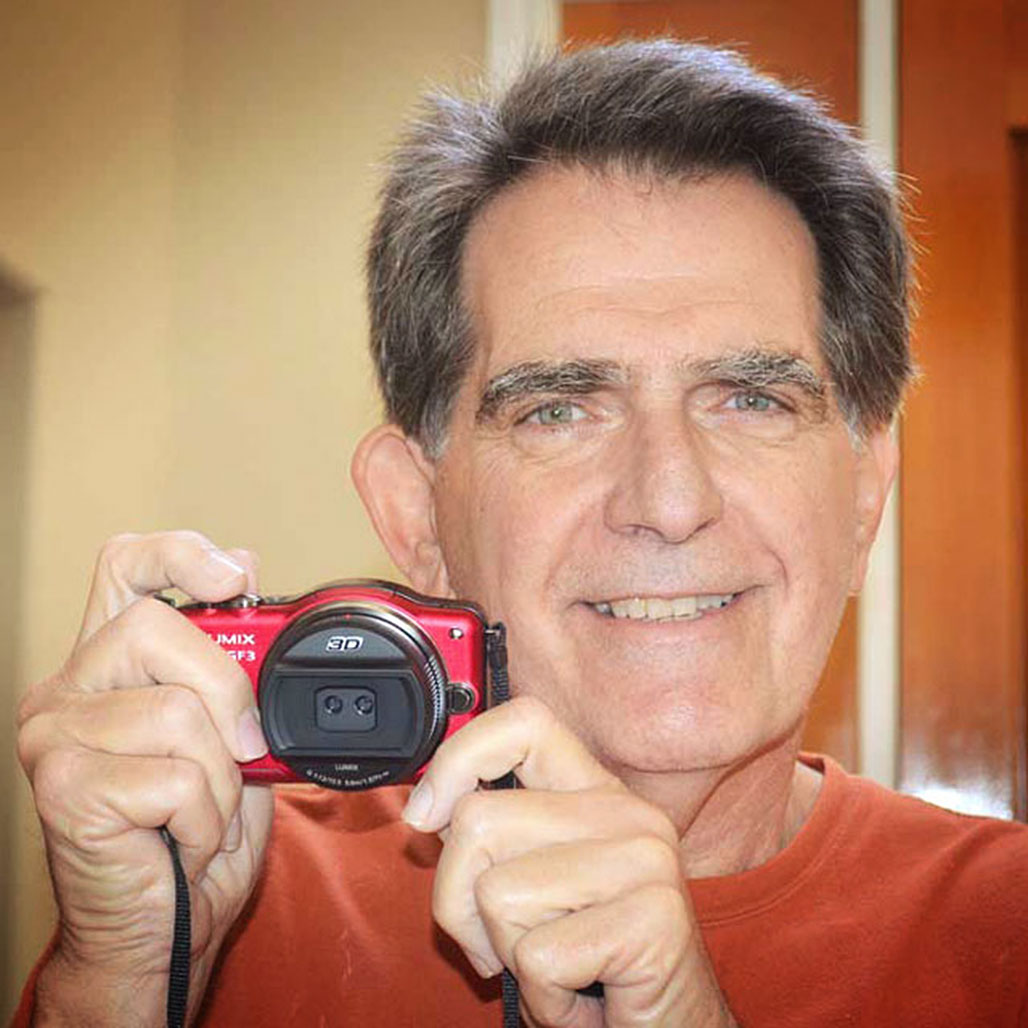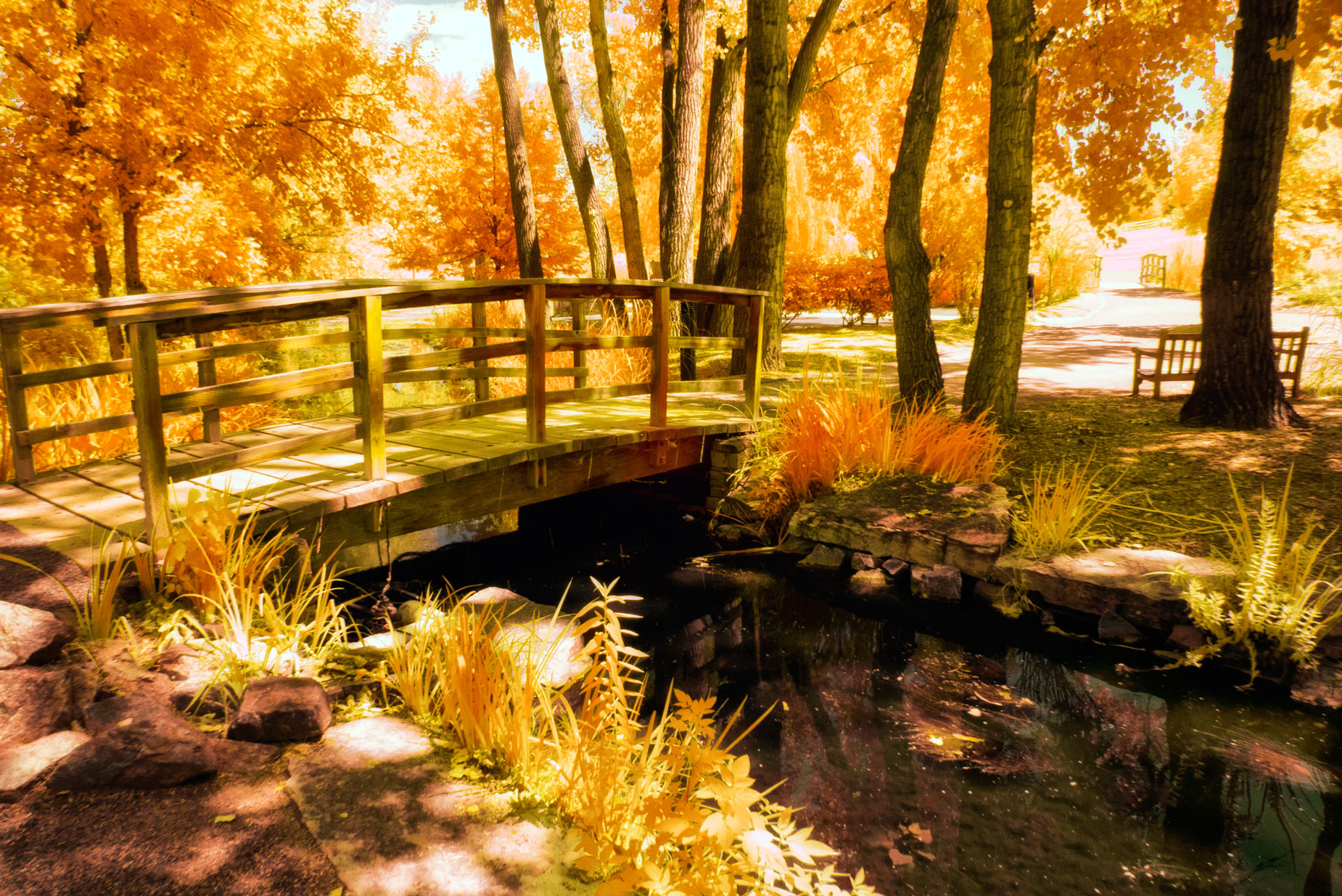I’ve given #monochromemonday the day off again. In its place, I’m taking another look at the colorful world of infrared photography. This photographic genre doesn’t have to be in black and white; infrared can also provide a color impression of “the world of invisible light.” #monochromemonday will be back next week, I think. The weather is starting to act more like Spring and I hope to resume shooting new infrared images, as they say, real soon now…
Today’s Post by Joe Farace
As a child, I was aware that, at night, infrared vision would reveal monsters hiding in the bedroom closet only if they were warm-blooded.— Neil deGrasse Tyson
 I don’t mean to brag but because people ask me about my infrared-converted cameras, I wanted to write this post: As of today, I have three cameras that were converted for infrared capture by Life Pixel, There are many companies that will covert your camera for infrared photography. Ask your fiends, look on the Internet for alternatives but check their rating before sending your camera and hard earned cash, My first IR conversion, for a Canon EOS D30, was done by a company no longer in business and took six months. It was nicely done but really….
I don’t mean to brag but because people ask me about my infrared-converted cameras, I wanted to write this post: As of today, I have three cameras that were converted for infrared capture by Life Pixel, There are many companies that will covert your camera for infrared photography. Ask your fiends, look on the Internet for alternatives but check their rating before sending your camera and hard earned cash, My first IR conversion, for a Canon EOS D30, was done by a company no longer in business and took six months. It was nicely done but really….
If you want to try infrared photography, one of the cheapest ways to do it without spending the cash to modify your camera is shooting with a Hoya R72 (720nm) filter in front of your unconverted camera’s lens. You can read my take on this subject in my post, Working with Wratten Filters and Infrared Photography
Using an IR Converted Camera
Back to my infrared menagerie: I understand how you might think having three different cameras for infrared capture might be a bit obsessive but, I guess, that’s part of my personality. I have my reasons, even if they might not seem to make much sense to the average photographer. Here are are the cameras:
Panasonic Lumix G5: I purchased my G5 sometime in 2011 well after the camera was introduced. It was my second Micro Four-thirds —a red GF3 (above right) was the first. I purchased the G5 using it a press event in Sonoma, California. Later, after I bought a Lumix G6, the G5 sat on the sidelines, I had LifePixel convert it using the Standard IR (720nm) filter that’s equivalent to a Kodak Wratten 89b Filter. This option is ideal.If you want to create classic black & white infrared images,

How I Made this Photograph: The above image was captured at Hudson Gardens, a botanical garden and event venue in Littleton, Colorado. It was shot last summer during a PhotoWalk with my pal Barry Staver, using a Panasonic Lumix GX1 that had LifePixel’s Hyper Color infrared conversion. The lens used was a Lumix G Vario 12-32mm f/3.5-5.6 kit lens at 13mm.Th exposure was 1/125 sec at f/16 and ISO 400. The RAW file was processed using some of the techniques in my post, Is white balance important in infrared photography? before applying a Photoshop action (Hyper Color to Super Color) that LifePixel previously offered with some conversions. I think the effect adds a warm, nostalgic feel to the photograph.
Panasonic Lumix G6: I acquired my Panasonic Lumix G6 back after the Lumix G7 was launched in 2015. It was converted for infrared photography by LifePixel using their “Enhanced Color IR Filter” that’s equivalent to a 665nm infrared filter. The Enhanced Color filter is ideal if you want to add a touch of color to your infrared images using the Blue Sky Technique.
Panasonic Lumix GX1: This is probably the oldest Panasonic mirrorless camera I own. In fact, I bought my first GX1 from my friend Mark Toal, who just happened to be the person who introduced me to the Micro Four-thirds system and I’ve happily used that old (2011) black-bodied 16-megapixel camera for years. When LifePixel introduced their Hyper Color infrared conversion—don’t ask about nanometers— I wanted to give it a try. I purchased a silver-colored body from Roberts Camera so I could easily tell the difference between the two cameras.
What’s My Favorite Conversion?
As my friend Rick Sammon likes to say, “It depends.” Right now I seem to be enjoying the Panasonic Lumix G6 with LifePixel’s Enhanced Color IR Filter the most. I like it because it gives me the most options for post-processing. But….the GX1 with LifePixel’s Hyper Color infrared conversion has the most potential. My friend, Juan Pablo, a scientist and photographer living in Colombia, thinks his country’s lush tropical landscape will respond well to all kinds of infrared photography and I’m sure the GX1 would be in its element there, The G5 with its Standard IR filter was the first Lumix I converted at LifePixel and I’ll still shoot that when I want to go old school infrared.
Do you need three or more cameras with different filter conversions. Heck, I probably don’t need them either but I bought the three cameras at good price spread over several years so the cost didn’t bite me all at once. Would I do it again? Probably not, but I will say this, it’s been fun.
 I’ve found that Life Pixel does a great job with IR conversions and they’ve done most of the conversions for my Canon DSLRs and all of my Panasonic Lumix G-series cameras. This is not a paid or sponsored endorsement, just my experience.
I’ve found that Life Pixel does a great job with IR conversions and they’ve done most of the conversions for my Canon DSLRs and all of my Panasonic Lumix G-series cameras. This is not a paid or sponsored endorsement, just my experience.
Used copies of my book, The Complete Guide to Digital Infrared Photography are currently available from Amazon for around thirteen bucks as I write this. Creative Digital Monochrome Effects has a chapter on IR photography and new copies are available from Amazon for $11.46 with used copies starting around four bucks, which is a heckuva deal.